Rose Of Sharon Fertilizer Guide: Learn How To Feed An Althea Plant
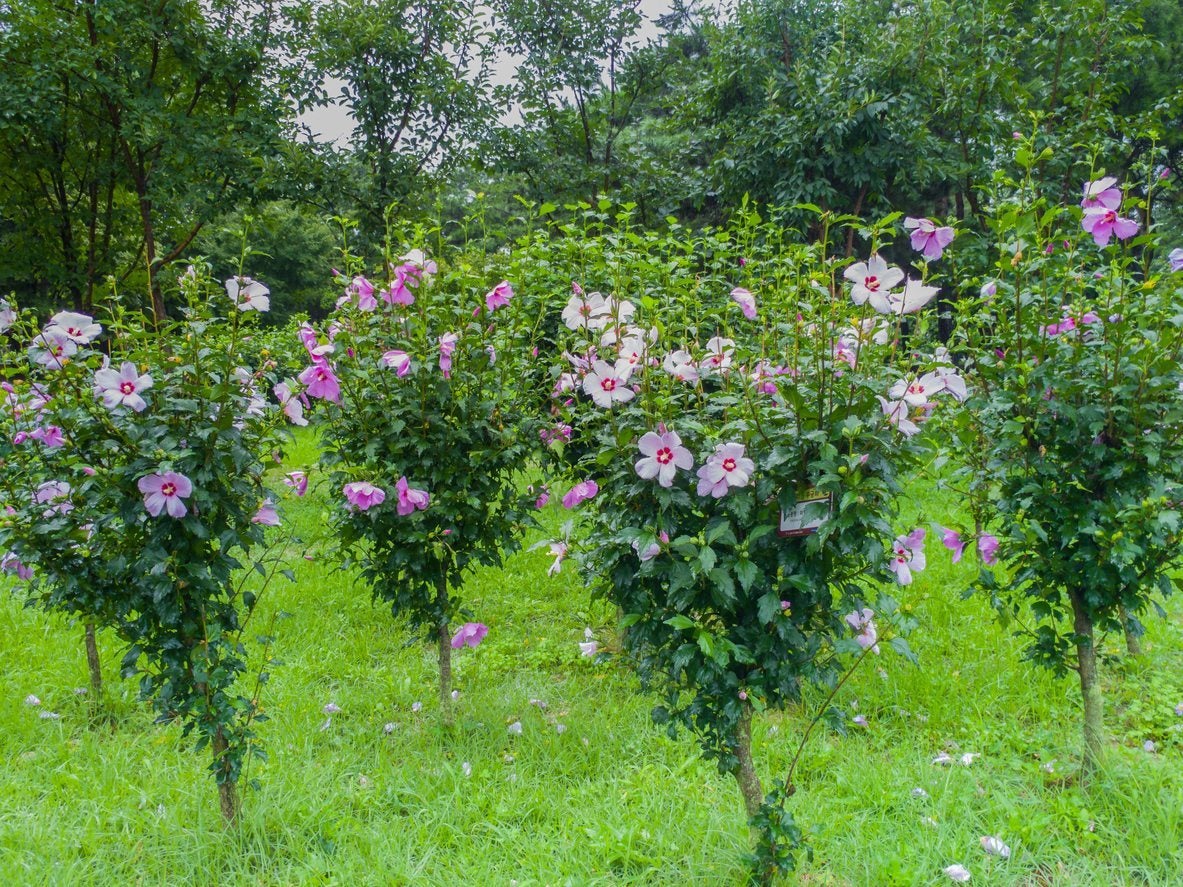

A member of the Hibiscus family, rose of Sharon is generally a low maintenance and reliable deciduous shrub for the landscape. However, sometimes, as gardeners, the things we do to try to help our plants can actually harm them. For example, rose of Sharon shrubs can be very sensitive to overfertilizing. Continue reading to learn how to fertilize an althea shrub.
Rose of Sharon Fertilizer Guide
Also known as shrub althea, rose of Sharon is a deciduous shrub for U.S. hardiness zones 5 to 8. Native to India and China, these shrubs are much loved for their prolific late season blooms. In late summer to fall, when most of the landscape is fading, rose of Sharon shrubs put on a beautiful display of tropical looking blooms. When your shrub suddenly stops producing its usual plethora of blooms, you may try fertilizing rose of Sharon to make it bloom better. Although rose of Sharon shrubs are not usually heavy feeders and can thrive in poor, infertile soils, slower or stunted overall growth and smaller or fewer blooms can indicate that your rose of Sharon may need to be fertilized. That being said, when feeding rose of Sharon plants, it is very important to not overfertilize, as this can cause more damage to the plant than not ever fertilizing it to begin with.
How to Feed an Althea Plant
The first time a rose of Sharon shrub should be fertilized in when you initially plant it. You can simply mix in nutrient-rich organic matter into the planting hole, as a low dose natural fertilizer, or you can use a root stimulating fertilizer. At planting, it is important to avoid any fertilizer with high nitrogen levels, as this can lead to a quick flush of foliage instead of the proper root development that is necessary in a plant’s first season. Thereafter, rose of Sharon shrubs can be fertilized each spring with a general-purpose fertilizer for flowering plants. Using a slow-release fertilizer can take the guesswork out of how much to feed althea. Slow-release fertilizers also reduce the risk of overfertilizing. Always follow the instructions on fertilizer labels. If you prefer to use other fertilizer, select a 10-10-10 fertilizer for flowering plants. How much to feed althea will depend on the shrub’s size. Measure the shrub from the soil level up to the tips of its branches, then use 1 tablespoon (15 ml.) of fertilizer for each foot (31 cm.) of height of the shrub. When fertilizing rose of Sharon or any plant, it is important not to apply any on the stems or trunk. For best results, fertilizer should be applied at the plant’s drip line. Fertilizer can be reapplied in midsummer, but keep in mind that rose of Sharon can be damaged by too much fertilizer. Signs of overfertilization are browning or yellowing of foliage, withering or drying out of plants, and fewer or smaller rose of Sharon blooms.
Gardening tips, videos, info and more delivered right to your inbox!
Sign up for the Gardening Know How newsletter today and receive a free copy of our e-book "How to Grow Delicious Tomatoes".
-
 Looking For Plants To Give You The Soft And Fuzzies? Try These 5 Fuzzy Leaf Plant Options
Looking For Plants To Give You The Soft And Fuzzies? Try These 5 Fuzzy Leaf Plant OptionsLovers of texture, drama, silver foliage and tactile plants will adore these special sensory garden additions. These fuzzy leaf plant options will leave you all aglow
By Susan Albert
-
 Get Ready For A Summer Of Hummers! Grow These Full Sun Hummingbird Plants and Flowers
Get Ready For A Summer Of Hummers! Grow These Full Sun Hummingbird Plants and FlowersIf you’re lucky enough to enjoy a sunny backyard, make sure you are maxing out on your pollinator opportunities and grow these full sun hummingbird plants and flowers
By Tonya Barnett
-
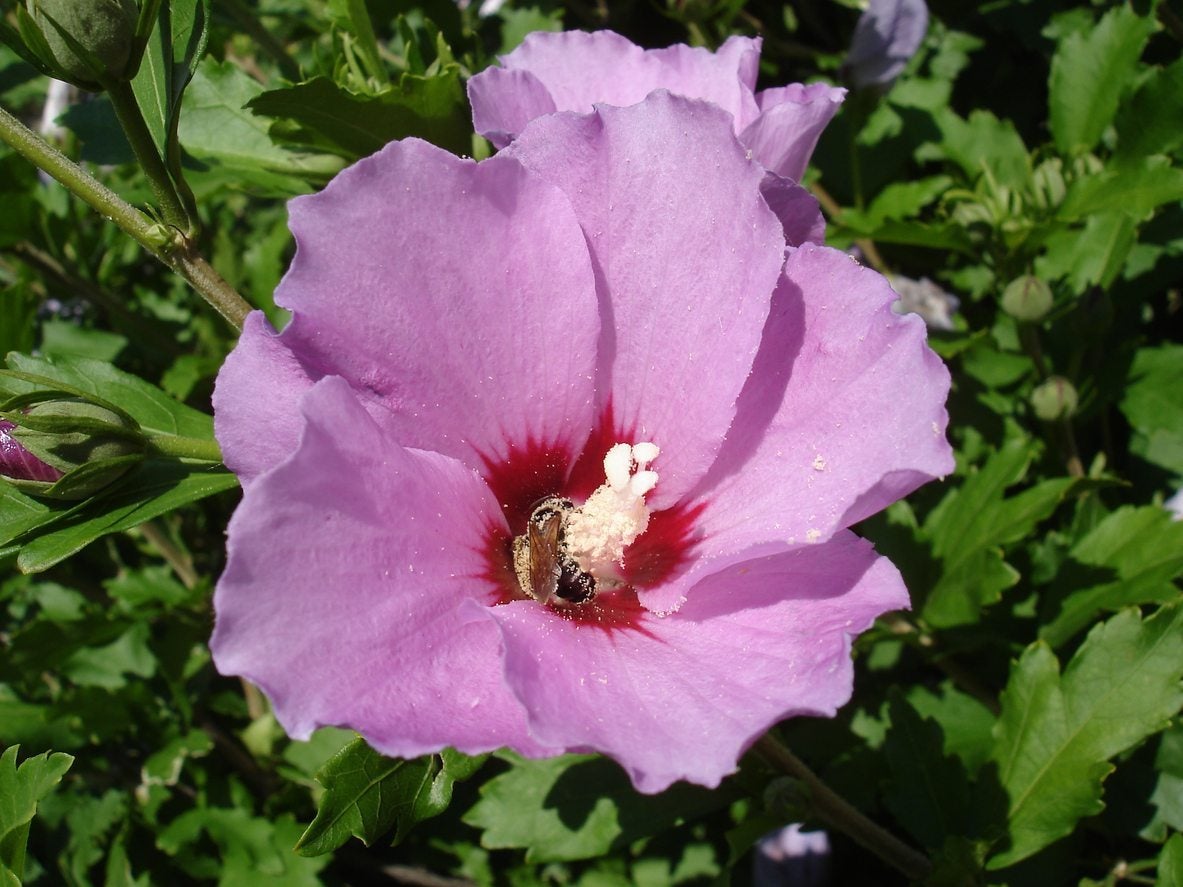 Rose Of Sharon Problems - Dealing With Common Althea Plant Issues
Rose Of Sharon Problems - Dealing With Common Althea Plant IssuesRose of sharon, or althea shrubs as they are commonly called, are usually low maintenance, reliable bloomers in zones 5-8. However, like any other landscape plants, rose of sharon can experience problems with specific pests or diseases. Learn more here.
By Darcy Larum
-
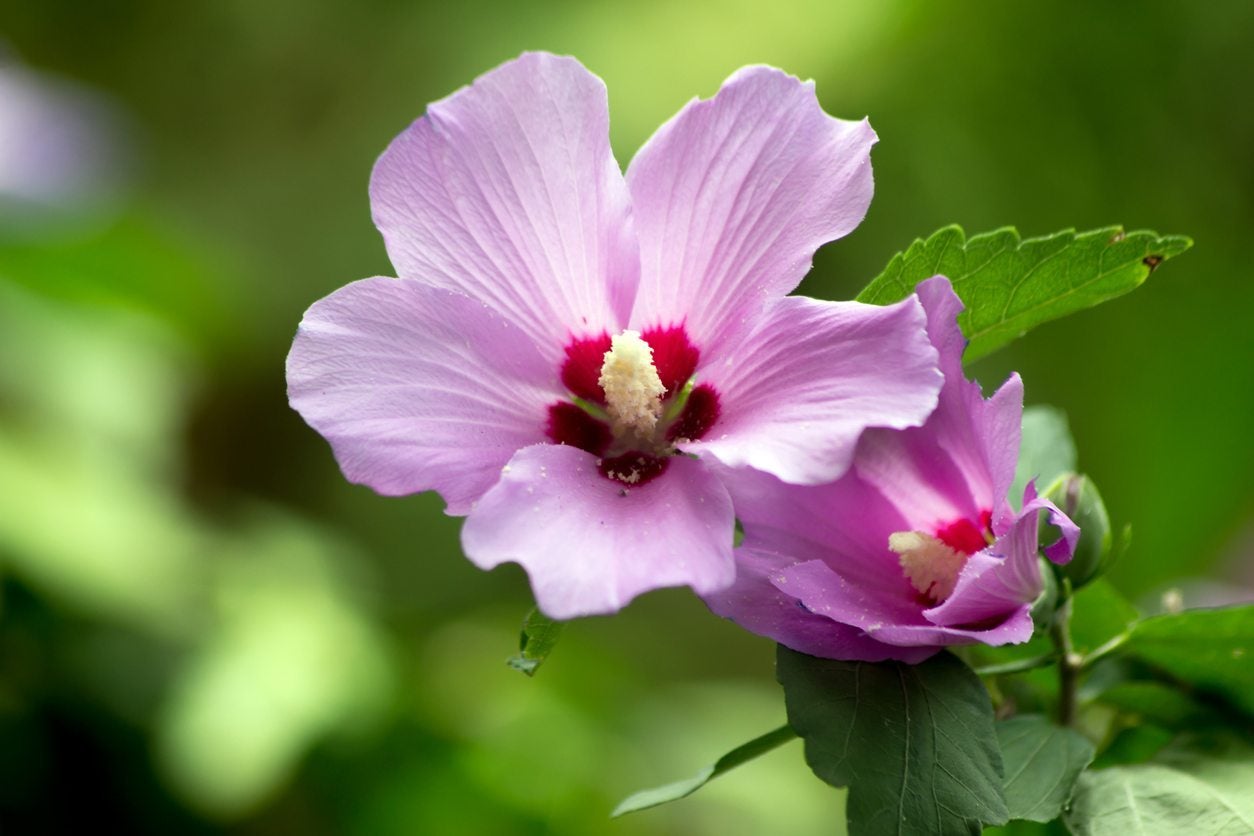 My Rose Of Sharon Is Not Blooming – Reasons For No Rose Of Sharon Flowers
My Rose Of Sharon Is Not Blooming – Reasons For No Rose Of Sharon FlowersA rose of sharon without blossoms is just a nice shrub. If you aren?t seeing any flowers on your rose of sharon, there is likely a simple problem that can be solved, although it may not be until next year that it blooms again. Learn more in this article.
By Mary Ellen Ellis
-
 Rose Of Sharon Winter Care: Preparing Rose Of Sharon For Winter
Rose Of Sharon Winter Care: Preparing Rose Of Sharon For WinterRose of sharon is usually planted in the ground but it can also be grown in containers as a lovely patio plant. Whether in containers or the ground, winter care for rose of sharon may be required. Learn more about overwintering rose of sharon here.
By Darcy Larum
-
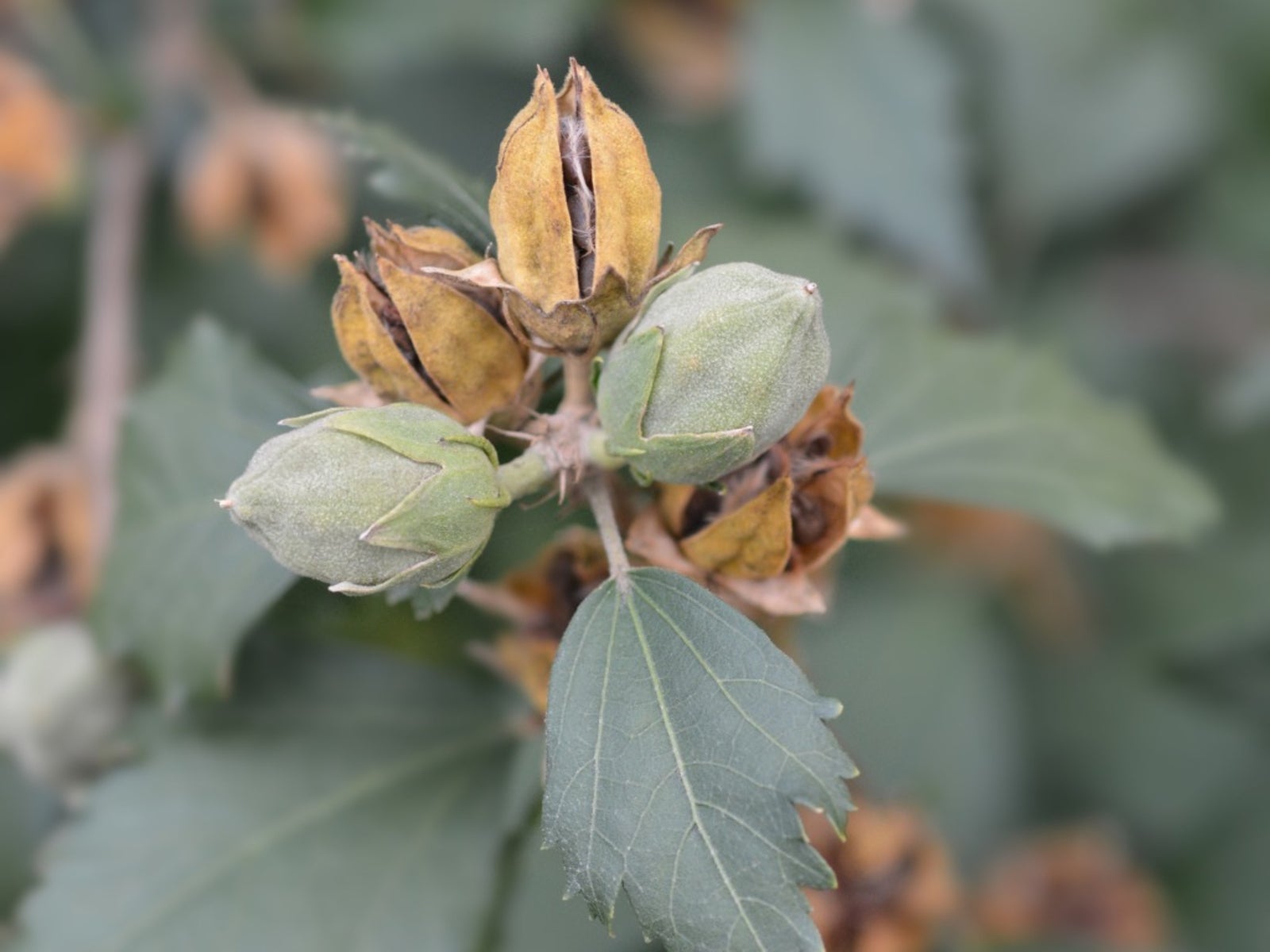 Rose Of Sharon Seed Propagation: Harvesting And Growing Rose Of Sharon Seeds
Rose Of Sharon Seed Propagation: Harvesting And Growing Rose Of Sharon SeedsAlthough rose of sharon commonly reseeds itself, if you're interested in growing your own plants, it is possible to harvest rose of sharon seeds for growing. Learn how to harvest rose of sharon seeds for propagation in this article.
By Darcy Larum
-
 Is Rose Of Sharon Invasive – How To Control Rose Of Sharon Plants
Is Rose Of Sharon Invasive – How To Control Rose Of Sharon PlantsWhen you want to learn how to control rose of Sharon, remember that prevention is always easier than cure. Click here for tips on limiting rose of Sharon growth rate and what to do if your rose of Sharon is out of control.
By Teo Spengler
-
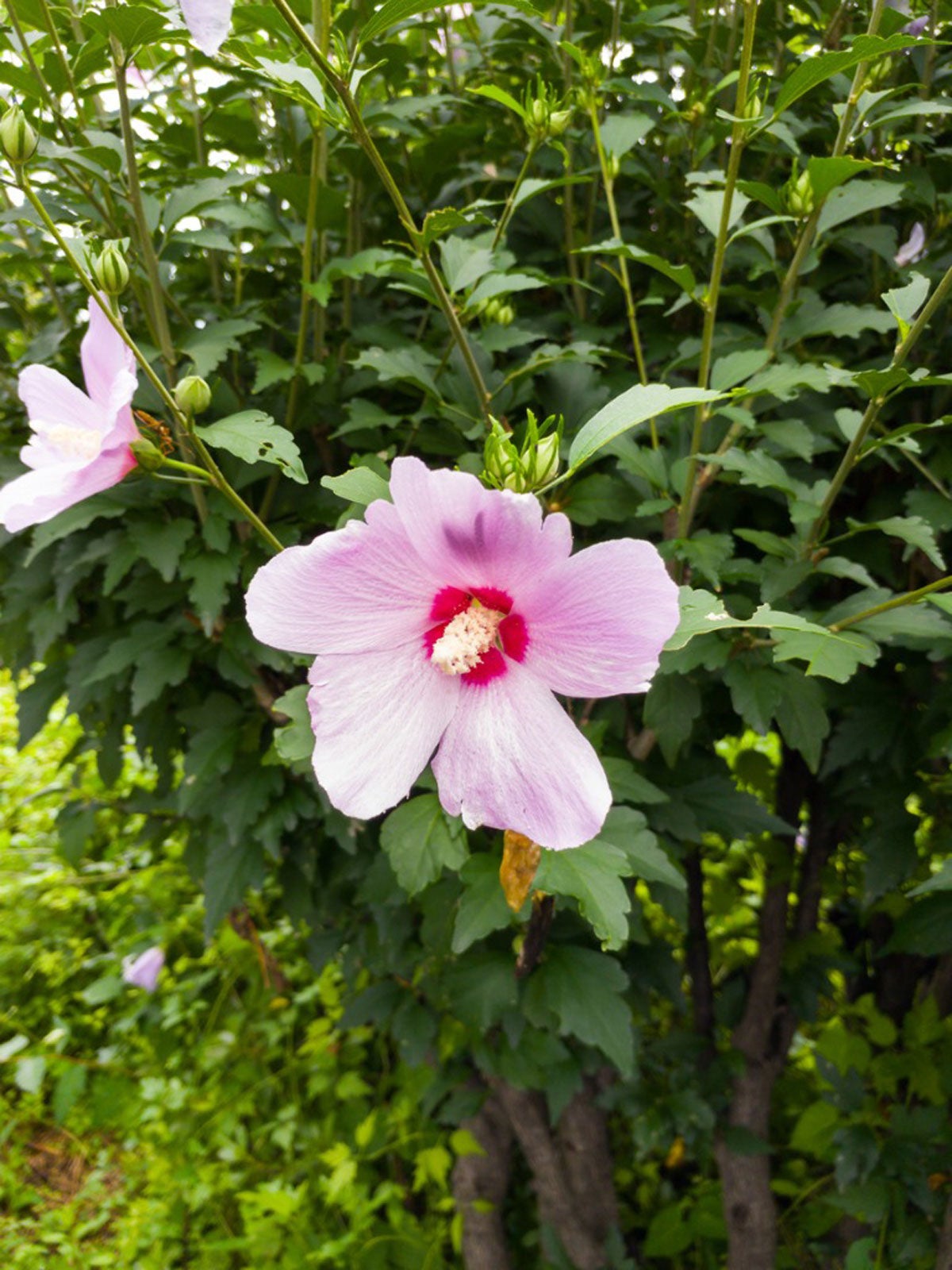 Moving Rose Of Sharon – How To Transplant Rose Of Sharon Shrubs
Moving Rose Of Sharon – How To Transplant Rose Of Sharon ShrubsWith a stiff, upright habit and open branches, rose of Sharon works in both informal and formal garden arrangements. Transplanting a rose of Sharon shrub is not difficult. Click this article for tips on how and when to transplant this shrub.
By Teo Spengler
-
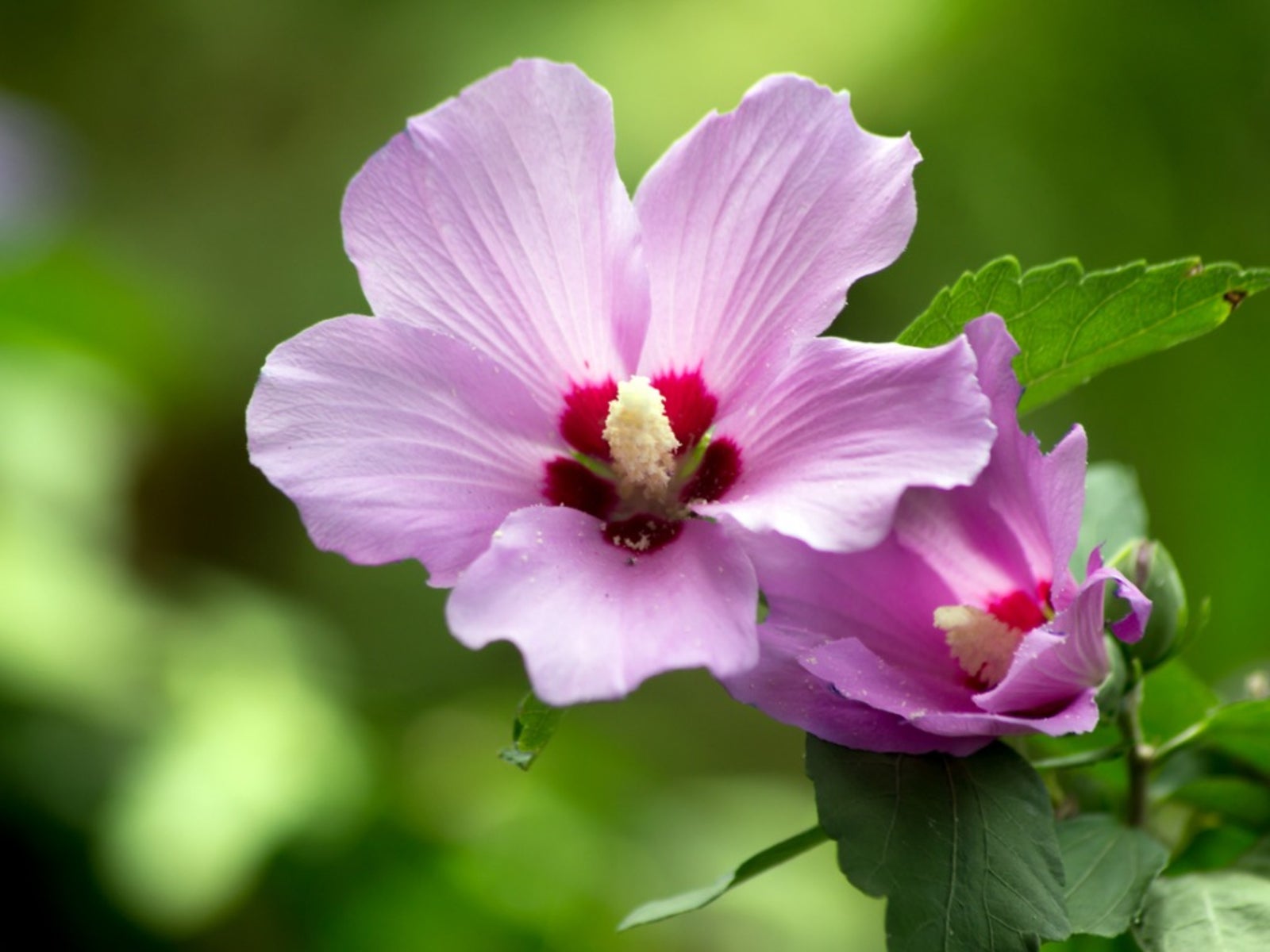 Rose Of Sharon Companion Plants: What To Plant Near To Rose Of Sharon
Rose Of Sharon Companion Plants: What To Plant Near To Rose Of SharonBecause rose of Sharon is rather uninteresting for much of the season, selecting plants that grow well with it can help. This article provides a few great rose of Sharon companion planting ideas. Click here for more information.
By Mary H. Dyer
-
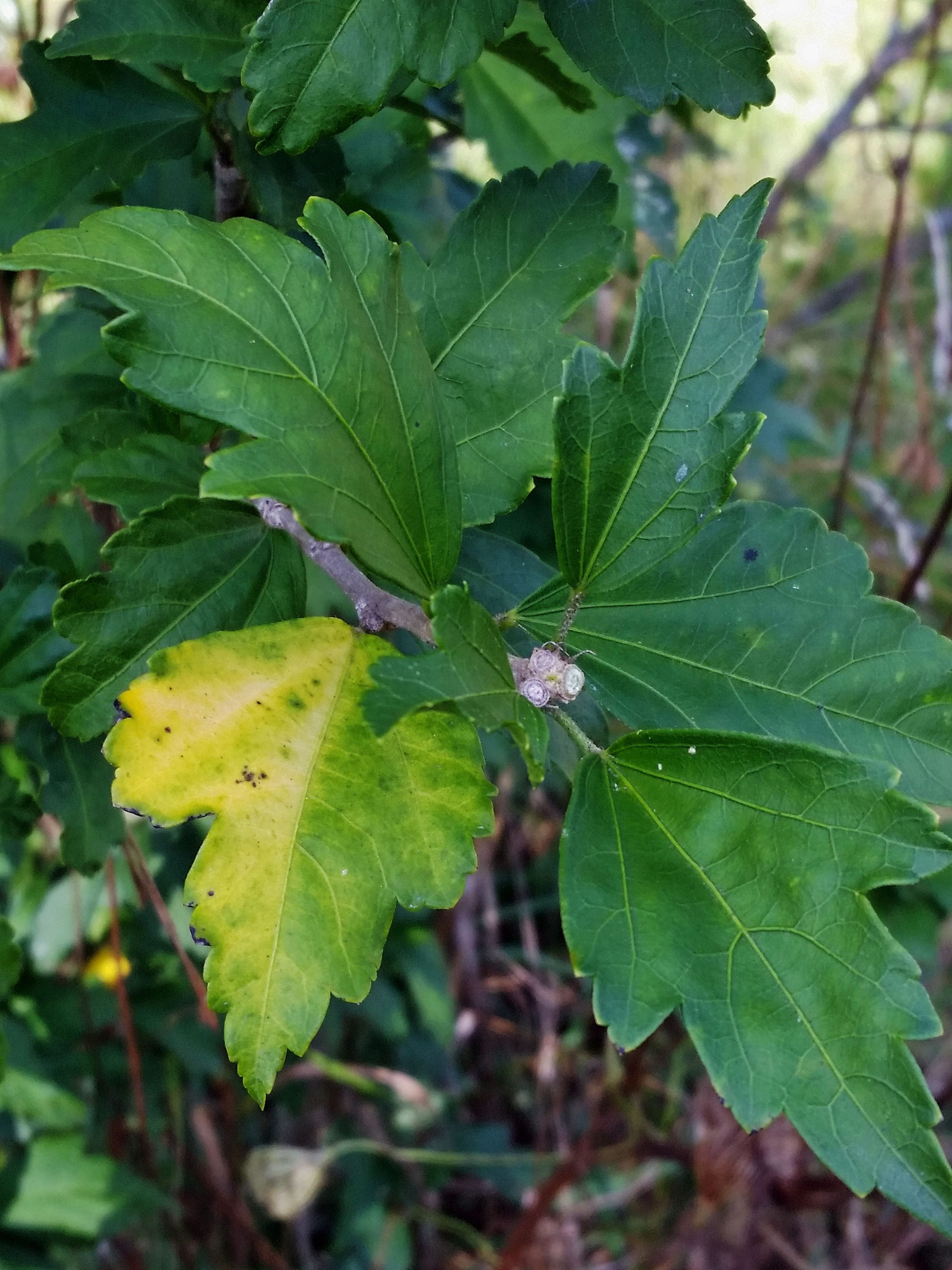 Yellowing Rose Of Sharon Leaves – Why Rose Of Sharon Has Yellow Leaves
Yellowing Rose Of Sharon Leaves – Why Rose Of Sharon Has Yellow LeavesIf you notice your rose of Sharon has yellow leaves, you're understandably perplexed about what has befallen this trusty, late summer bloomer. Click this article to learn a few of the most common reasons for rose of Sharon leaves turning yellow.
By Mary H. Dyer